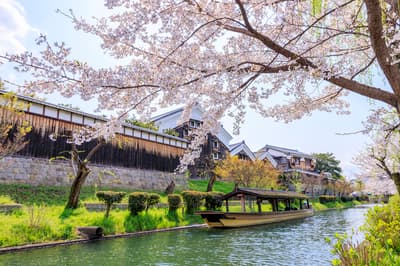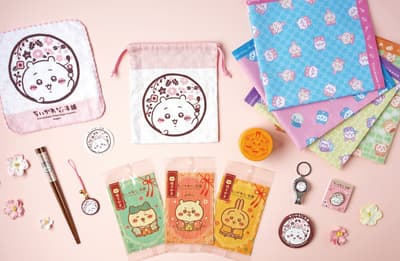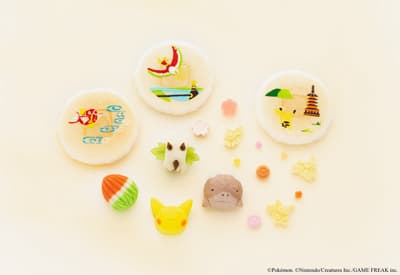The Uji area, which can be reached in about 16 minutes from Kyoto Station by rapid train on the JR Nara Line, is famous for its Heian culture and Uji tea.
Uji is home to many sightseeing spots such as Byodo-in Temple, a World Heritage site, Ujigami-jinja Shrine, and Mimuroto-ji Temple. You should not miss the matcha (powdered green tea) gourmet food, Tea Harvesting experience, and matcha-making experience that are only possible in this tea-producing region. This is an area where you can enjoy both Japanese culture and gourmet food, and it is definitely a place you should visit when you travel to Kyoto.
Therefore, we would like to introduce 10 recommended spots in the Uji area. We hope you will find them useful when planning your trip!
Byodo-in Temple (平等院)
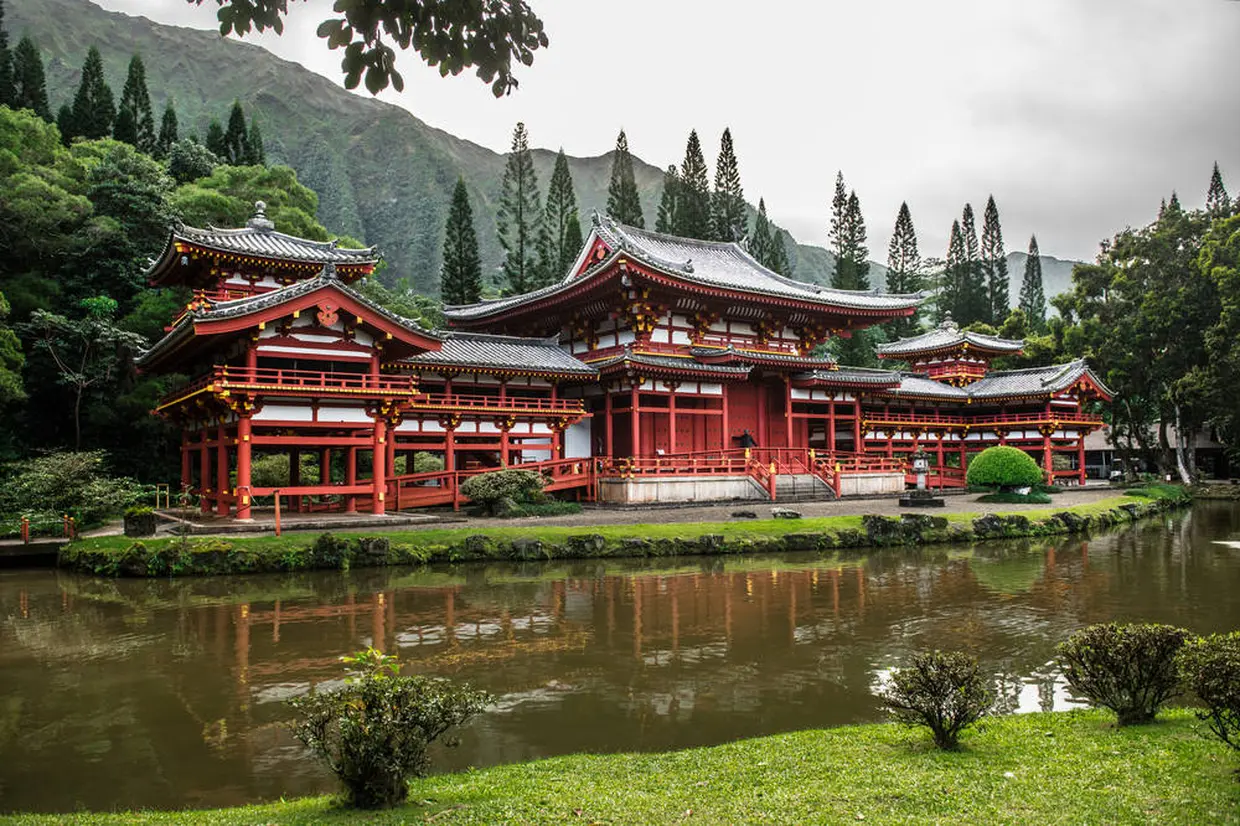
Byodo-in Temple was opened in 1052. It is registered as a World Heritage site and has numerous national treasures. The most famous of these is the Phoenix Hall (Houou-do), which is designed on the Japanese ten-yen coin. The Phoenix Hall (Houou-do) was renovated in 2014, and visitors can now enjoy an appearance closer to the Heian period when the temple was founded.
Admission to the Phoenix Hall (Houou-do) requires an additional fee, but inside there are many historically valuable items such as bronze statues, bodhisattvas, and murals that are national treasures. All of them are breathtakingly beautiful, so please come and see for yourself.
Also check out the gardens surrounding the Phoenix Hall (Houou-do) . It is said to be a masterpiece of “Jodo style garden,” a reproduction on earth of the Paradise of the Pure Land (a world of peace and tranquility without suffering where God is believed to exist).
Byodoin Museum Hoshokan(平等院ミュージアム 鳳翔館)
If you come to Byodoin, visit the Byodoin Museum “Hoshokan” together. In addition to exhibits of valuable cultural properties designated as national treasures and important cultural assets, visitors can view a video reconstruction of Byodoin in the Heian period using the latest digital technology.
Uji-jinja Shrine(宇治神社)
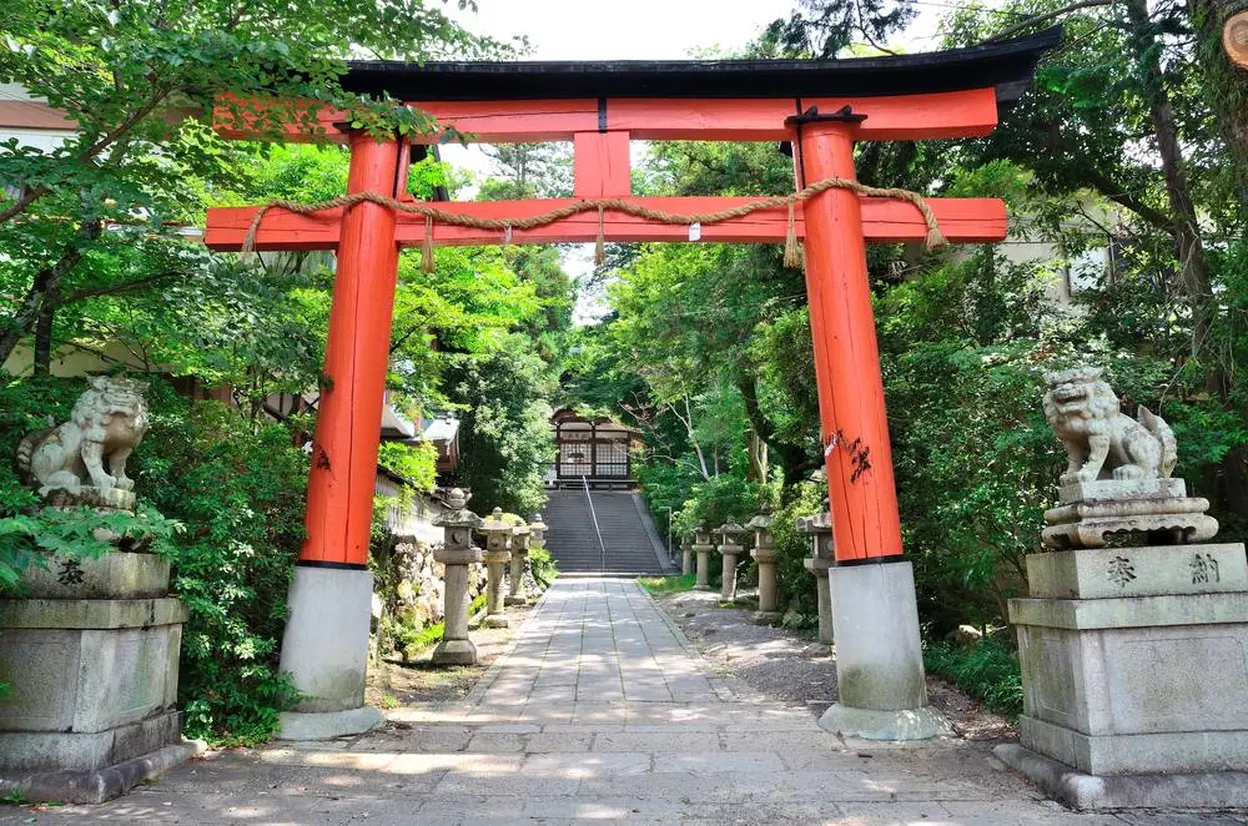
Uji Shrine is dedicated to the god of learning. The main shrine is registered as a National Important Cultural Property. One of the highlights of Uji Shrine is the “Mikaikaeri-Usagi,” or rabbit figurines that are said to be the messengers of the god! They are said to be good luck charms for good marriage as they guide visitors to the right path. You can’t miss the cute rabbit omikuji (fortune slip).
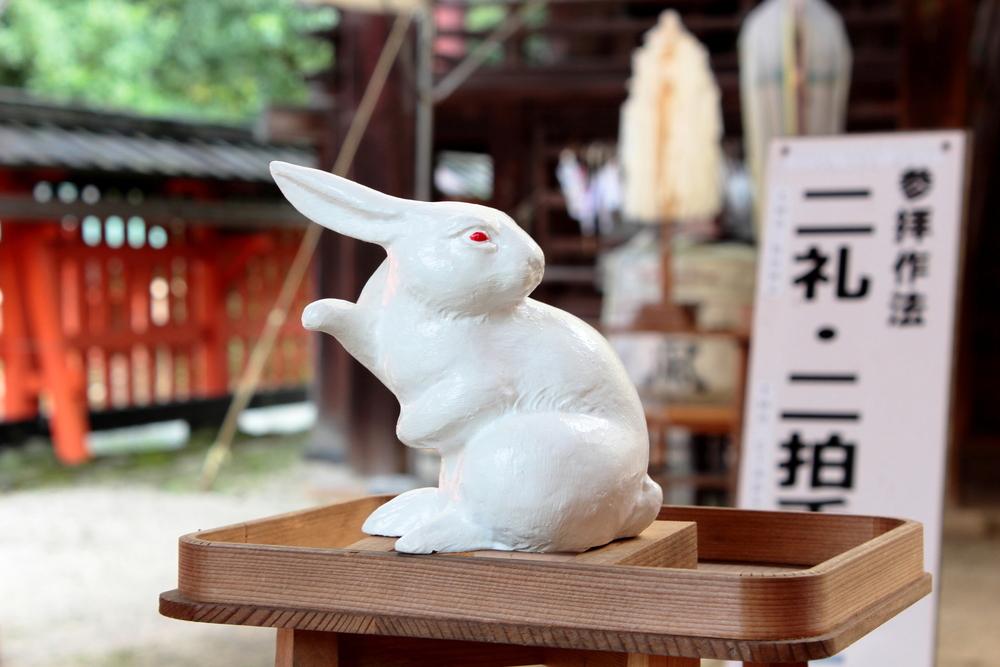
When you come to Uji Shrine, experience the “Usagi-san Tour” as well. Write your wish on an ema (votive tablet) and visit the main shrine. If you can find three rabbit figurines during the three rounds of the main shrine in a clockwise direction, you will receive more blessings than the wishes you wrote on the ema. On the first day of every month, a bronze rabbit figurine also appears, so be sure to give it a try!
Incidentally, the World Heritage Site “Ujigami Shrine” next door is also a spot that rabbit lovers should not miss. Why not visit there together?
Ujigami-jinja Shrine(宇治上神社)
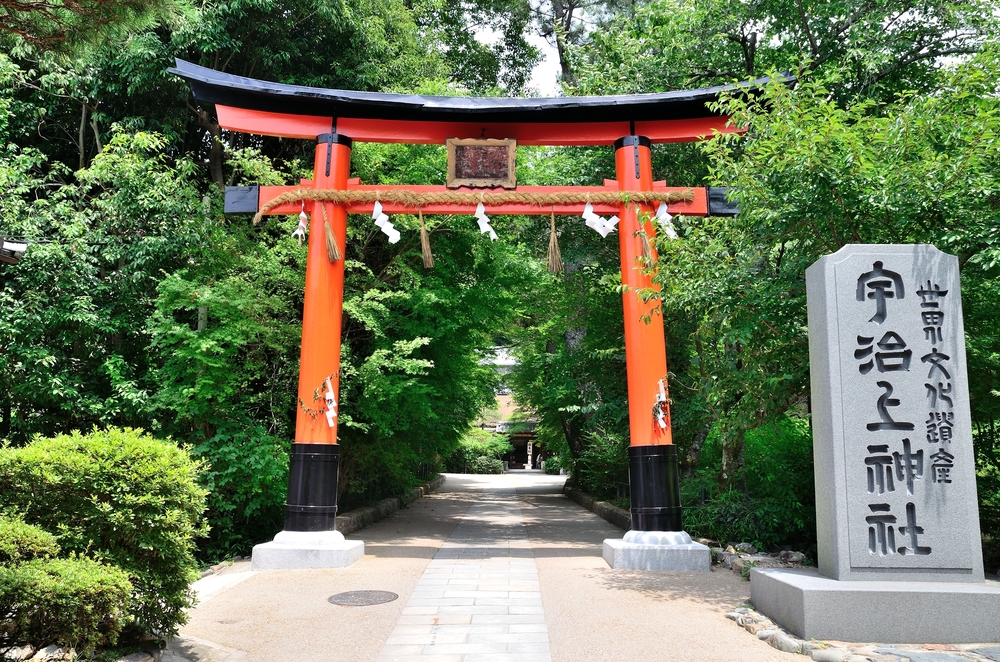
Ujigami Shrine is located about a 5-minute walk from Uji Shrine. This shrine is registered as a World Heritage site. It is a small shrine in terms of size, but its appearance standing in the forest is mysterious. It is a good place to visit if you are looking for a quieter spot.
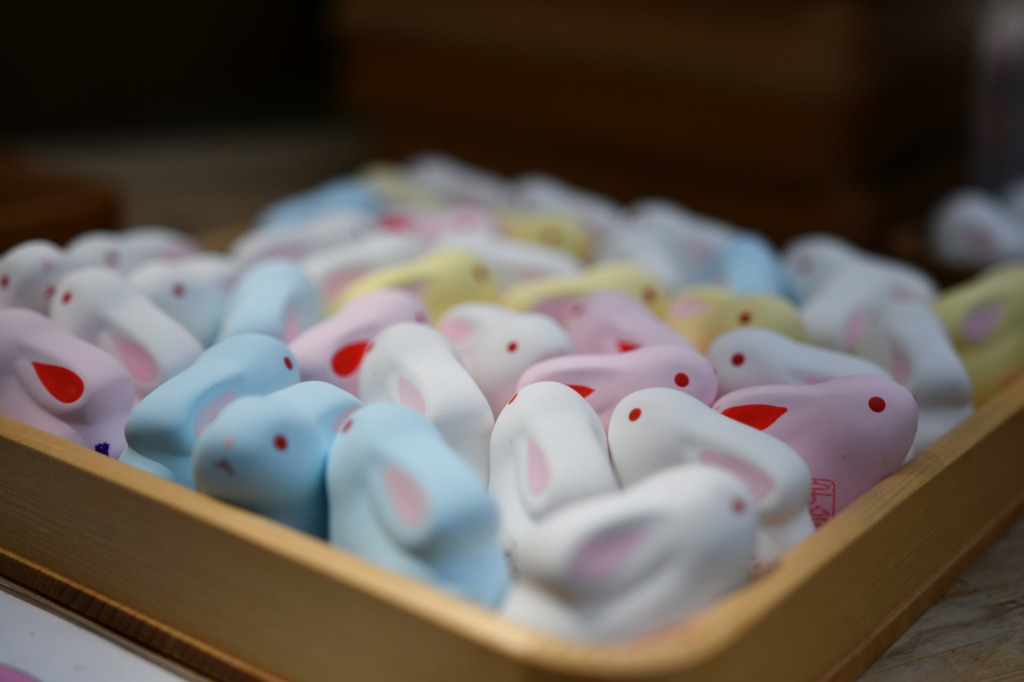
Amulets, omikuji, and red seals associated with rabbits are popular at Ujigami Shrine. The rabbit papier-mâché mikuji is especially recommended, as it will remain as a tangible reminder of your visit.
The Tale of Genji Museum (源氏物語ミュージアム)
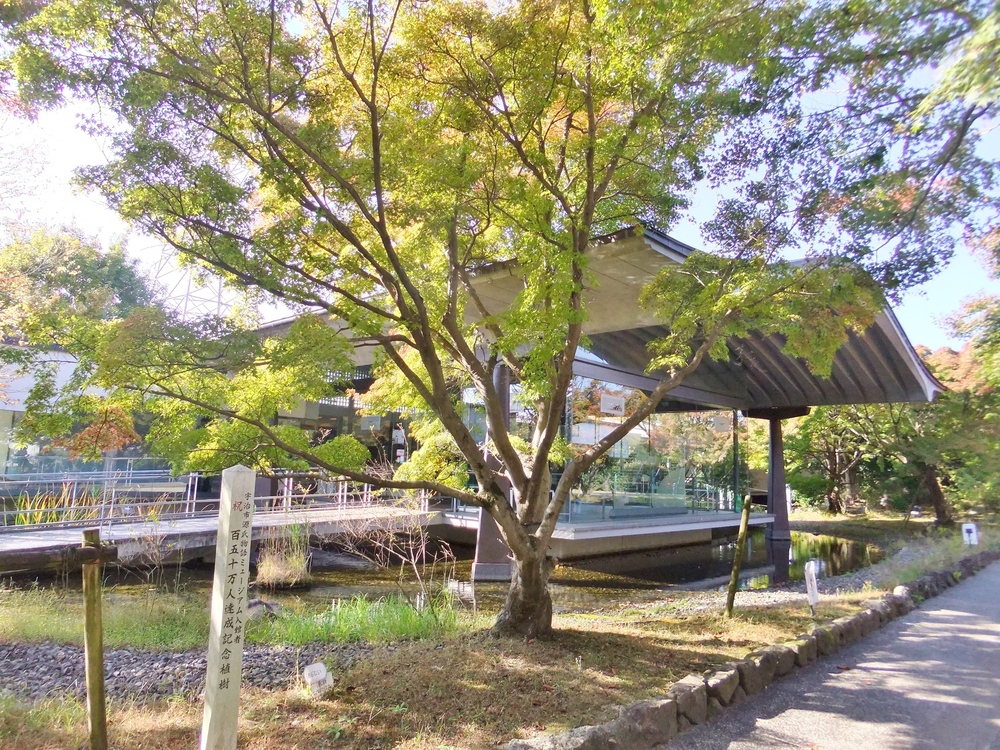
The Tale of Genji” is a very famous Japanese tale created by Murasaki Shikibu during the Heian period. It is said to be the world’s oldest full-length tale. The Tale of Genji Museum is a facility where visitors can learn more about the Tale of Genji and the Heian period in which it was written.
In the permanent exhibition room, replicas of furnishings from the Heian period and scaled-down models of buildings that appear in The Tale of Genji are on display. The museum is designed to be easy to understand even if you are not familiar with the Tale of Genji, so please feel free to visit when you are sightseeing in Uji.
Mimuroto-ji Temple(三室戸寺)
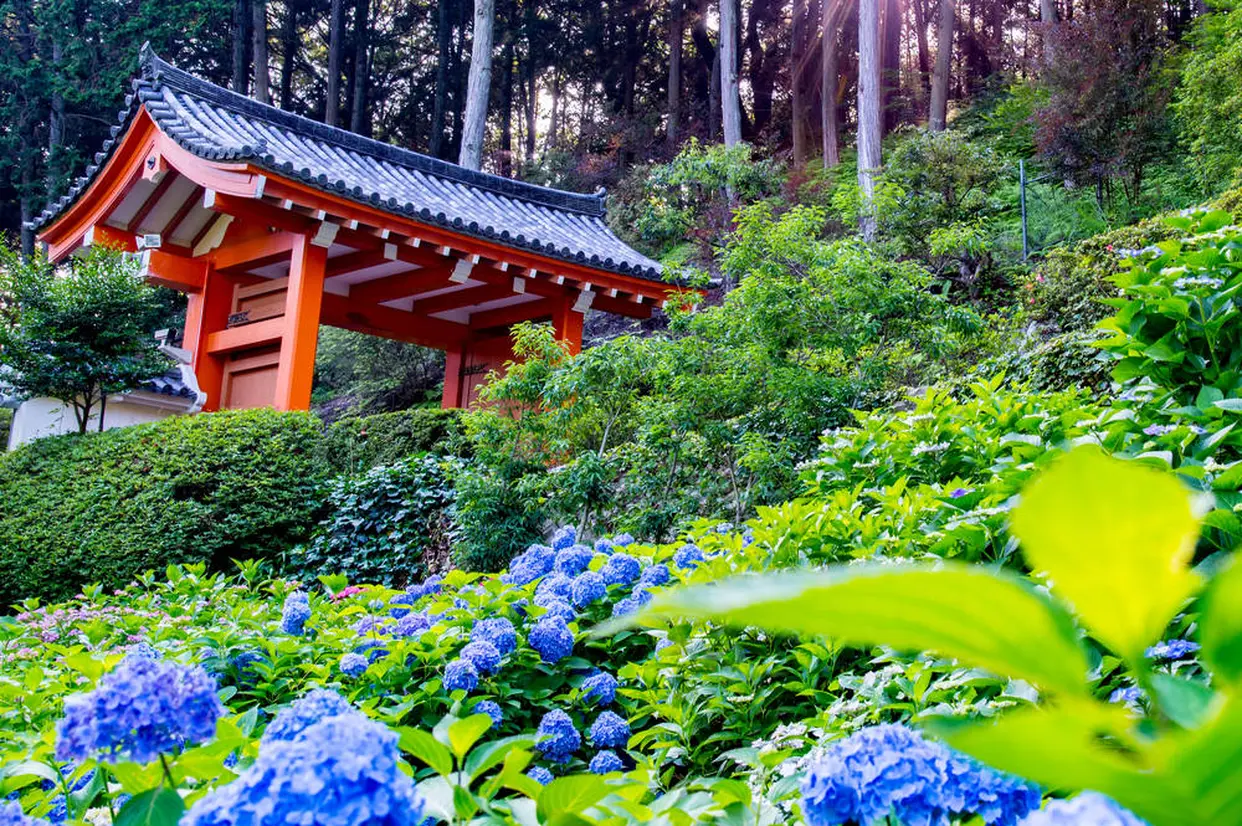
Mimuroto-dera Temple is famous as one of the most famous flower viewing spots in Kyoto. The temple is home to a variety of flowers, including azaleas, lotuses, and rhododendrons, but it is sometimes also known as “Ajisai-dera” (temple of hydrangeas) because of its famous hydrangeas. Among the 50 varieties and 10,000 hydrangeas at Ajisai-dera, the heart-shaped ones have been attracting attention in recent years. Since the location of blooming flowers seems to be different every year, visitors are encouraged to look for them as if they were on a treasure hunt.
Cute stone statues of animals in the precincts of the temple are also a highlight. It is said that each of the stone statues, with their charming and cute expressions, brings good luck. In front of the statues, there are instructions on where to touch for good luck, so check it out.
Nintendo Museum(ニンテンドーミュージアム)
In fact, Kyoto is the birthplace of the famous video game company “Nintendo” and has been the location of its headquarters since its establishment. Nintendo is planning to build a “Nintendo Museum” on the site where the company’s factory was originally located. The museum was scheduled to be completed in March 2024, but the schedule has been extended a little and it is expected to be completed in summer!
Not many details have been released yet, but Nintendo products released to date will be on display. This is sure to be a must-see facility for fans.
Chazuna(茶づな)
Chazuna is a facility where visitors can learn about the history of Uji and the city. In addition to a park with lush greenery and a restaurant, Chazuna also operates experience programs related to tea, a specialty of Uji. There are a variety of experiences planned, but one of the great points is that you can actually pick tea!
Fukujuen Uji Kobo(福寿園宇治工房)
Fukujuen Uji Kobo is a Uji tea experience facility by Fukujuen, a long-established Uji tea company. The facility includes a workshop where visitors can experience a variety of programs, a restaurant where visitors can take a break and enjoy a tea-related meal, and a sales area where visitors can purchase tea-related tools. Visitors can spend a whole day at the facility and never get bored.
Nakamura Tokichi Main Store(中村藤吉 本店)
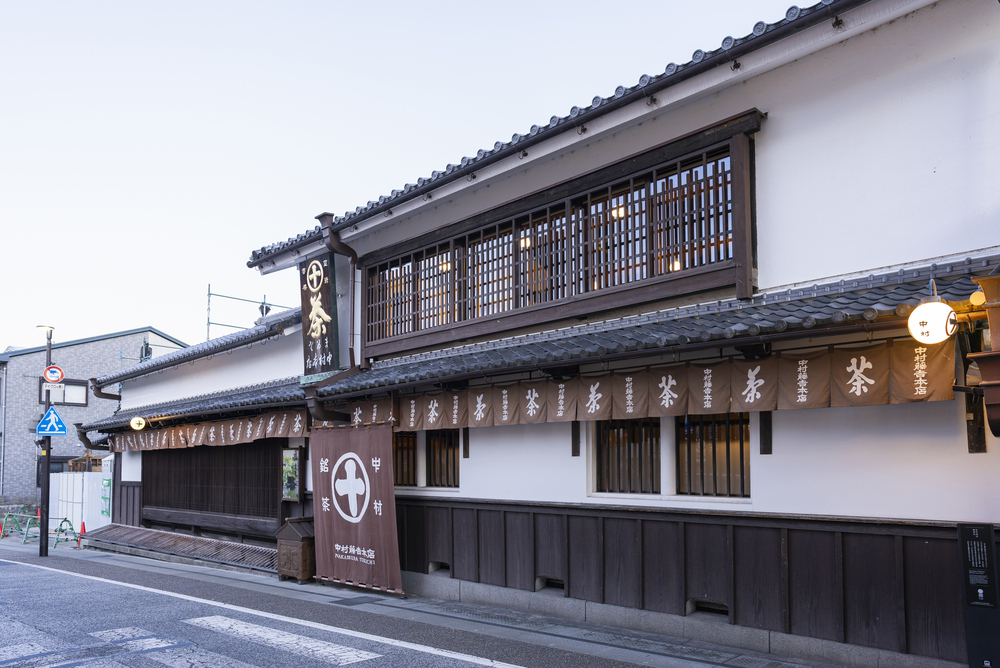
If you want to fully enjoy Uji tea sweets, Nakamura Tokichi’s “Namacha Jelly” is recommended. The clear texture and transparency of the glossy jelly and shiratama (white rice balls), available in hojicha (green tea) and matcha (powdered green tea) options, are unforgettable once you try them. For those who want to fully enjoy tea, there is a plan that includes ground tea and a tea ceremony experience.

